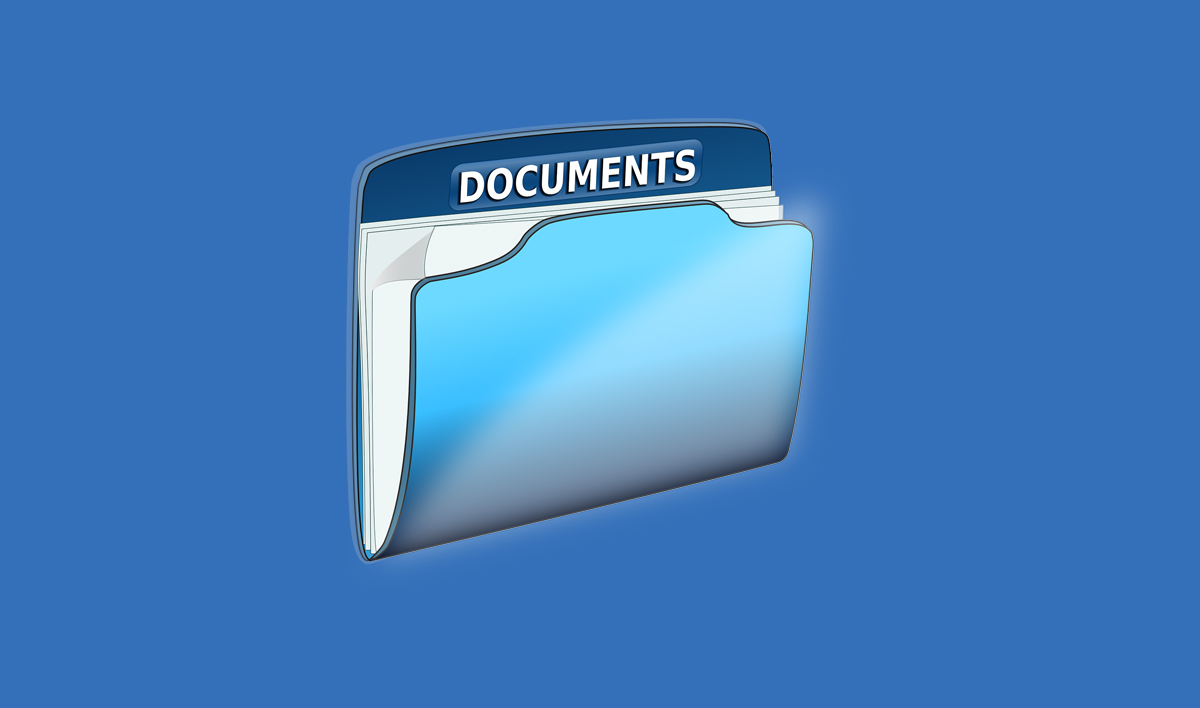Let’s face it—when it comes to office work, digital files are everything. From reports and financial sheets to proposals and presentations, these documents often hold valuable, sometimes sensitive information. Whether you’re working from home, collaborating with a team, or just storing files for future use, one thing is clear: your office files need protection.
In today’s world where cyber threats are constantly evolving and file-sharing has become second nature, adding a layer of password protection is one of the simplest and most effective ways to keep your data safe. Whether you’re a freelancer managing client documents or part of a company handling internal reports, password protection can go a long way in securing your work.
In this article, we’ll walk you through how to password-protect your office files using Microsoft Office’s built-in features, third-party tools, and cloud-based solutions. We’ll also share practical tips to help you keep everything secure, organized, and accessible only to the right people.
Why You Should Protect Your Office Files
Before diving into the methods of password protection, it is essential to understand why protecting your office files is critical:
- Confidentiality: Office files often contain confidential business data, client information, or personal records that should not be accessible to everyone.
- Prevent Unauthorized Access: Password protection ensures that only authorized users can open, edit, or view the file contents.
- Compliance Requirements: Many industries have legal or regulatory requirements regarding data privacy and protection. Using password protection helps maintain compliance.
- Peace of Mind: Knowing that your data is secure offers peace of mind, whether you’re storing files locally or sharing them via email or cloud services.
Methods to Password-Protect Office Files
1. Using Microsoft Office Built-in Features
Microsoft Office provides built-in tools to password-protect Word, Excel, and PowerPoint files.
Word
- Open your Word document.
- Click on
File>Info>Protect Document>Encrypt with Password. - Enter your desired password and click OK.
- Re-enter the password to confirm.
- Save the document.
Excel
- Open your Excel workbook.
- Go to
File>Info>Protect Workbook>Encrypt with Password. - Set your password and confirm it.
- Save the file.
PowerPoint
- Open your PowerPoint presentation.
- Navigate to
File>Info>Protect Presentation>Encrypt with Password. - Input and confirm your password.
- Save the presentation.
Note: Always remember your password. Microsoft Office does not provide a way to recover or reset it if lost.
2. Protecting Files Using Save As Option
Another method to add password protection is via the Save As dialog box:
- Open your file.
- Click
File>Save As. - Choose the location and click
Tools(bottom right corner of the Save As window). - Select
General Options. - Enter a password to open and/or modify the file.
- Click OK and confirm the password.
- Save the file.
This method works across Word, Excel, and PowerPoint.
3. Using Third-Party Tools
If you want more robust features beyond basic password protection, consider using third-party software:
- WinRAR or 7-Zip: Compress and encrypt files with strong AES-256 encryption.
- AxCrypt: A lightweight tool that provides secure encryption for individual files.
- Folder Lock: Offers folder and file encryption, backup, and secure sharing.
- VeraCrypt: Open-source disk encryption software ideal for protecting larger volumes.
These tools add an extra layer of security and are especially useful when sharing office files over the internet.
4. Cloud-Based Protection
Many cloud services like OneDrive, Google Drive, and Dropbox offer features to protect and control file access:
- Set file permissions: Control who can view, edit, or download your files.
- Password-protect shared links: Some services allow you to add a password before anyone can access a shared link.
- Enable two-factor authentication: Add an extra security step to your cloud accounts.
When using cloud storage, make sure the platform supports encryption and offers strong security policies.
Best Practices for Securing Office Files
Password-protecting your office files is a great first step, but combining it with additional best practices can maximize your data security:
- Use Strong Passwords: Combine uppercase, lowercase, numbers, and special characters. Avoid common or predictable passwords.
- Change Passwords Regularly: Update your passwords periodically to reduce the risk of unauthorized access.
- Avoid Sharing Passwords Over Email: Use secure messaging apps or password managers for sharing.
- Use Multi-Factor Authentication: Especially when storing or sharing files via cloud services.
- Keep Software Updated: Always install the latest updates for Microsoft Office and your operating system.
- Back Up Files Securely: Keep encrypted backups on external drives or secure cloud storage.
Additional Security Tips for Office Users
- Enable AutoSave and Version History: This feature helps recover your file in case of accidental loss or damage.
- Monitor Access Logs: If using platforms like OneDrive for Business or SharePoint, monitor who accessed your files and when.
- Limit Access: Only share files with those who truly need them. Revoke access when it’s no longer required.
Conclusion
Protecting your office files with password protection is a simple yet powerful way to safeguard your sensitive information. Whether you’re an individual, a small business owner, or part of a larger organization, taking proactive steps to secure your files is essential in today’s digital environment. Use the built-in tools provided by Microsoft Office, supplement with third-party encryption software, and follow best practices to ensure your data remains protected from prying eyes.
Read also: Effective Email Writing Tips for Business Communication

